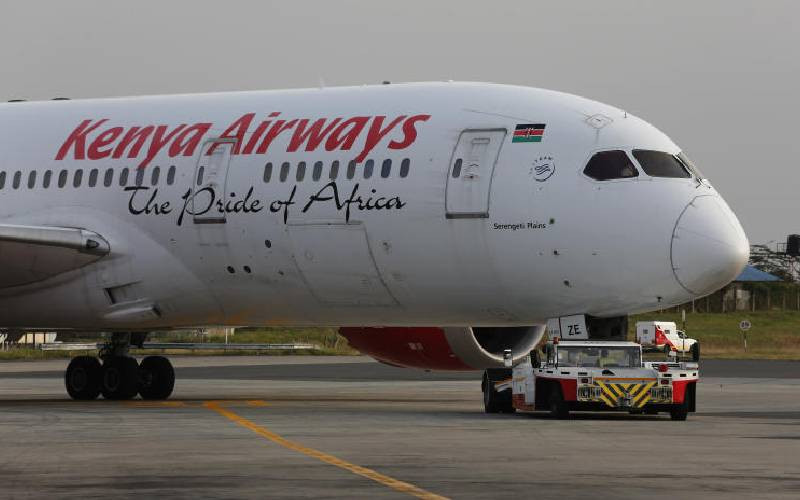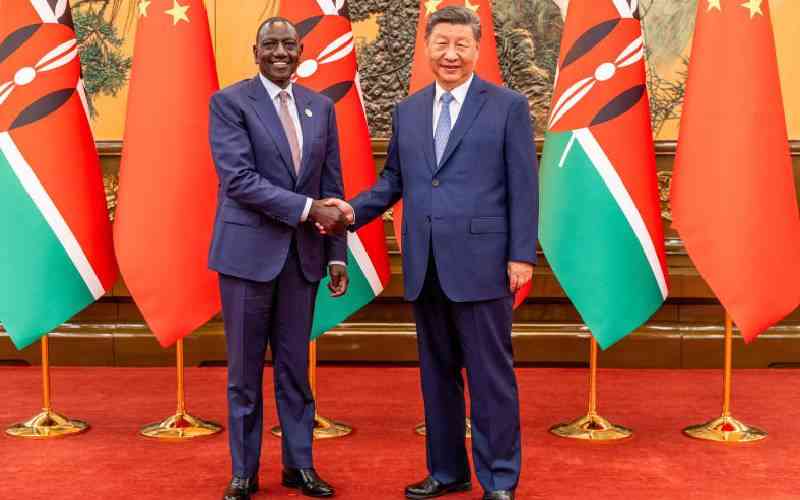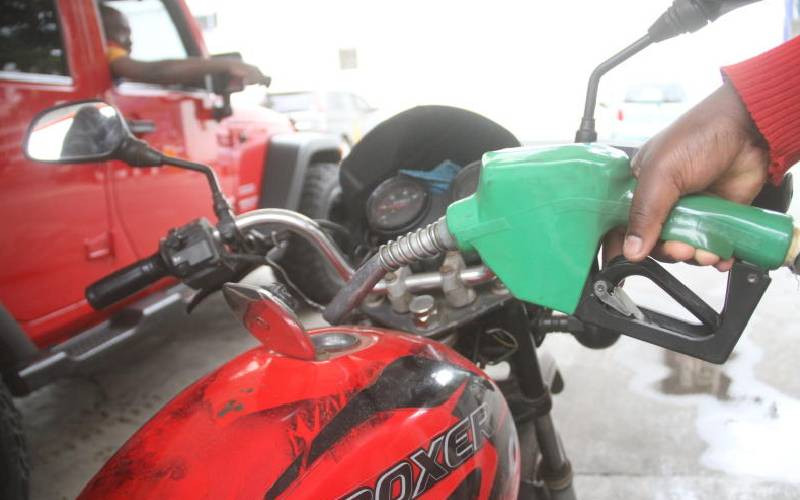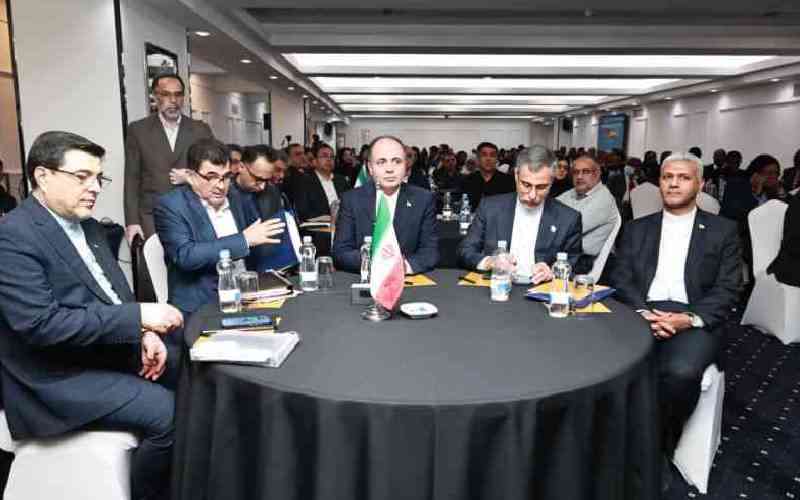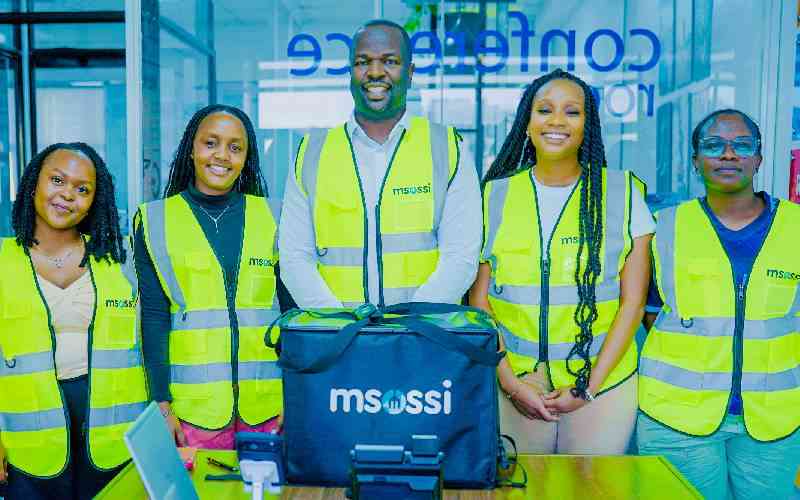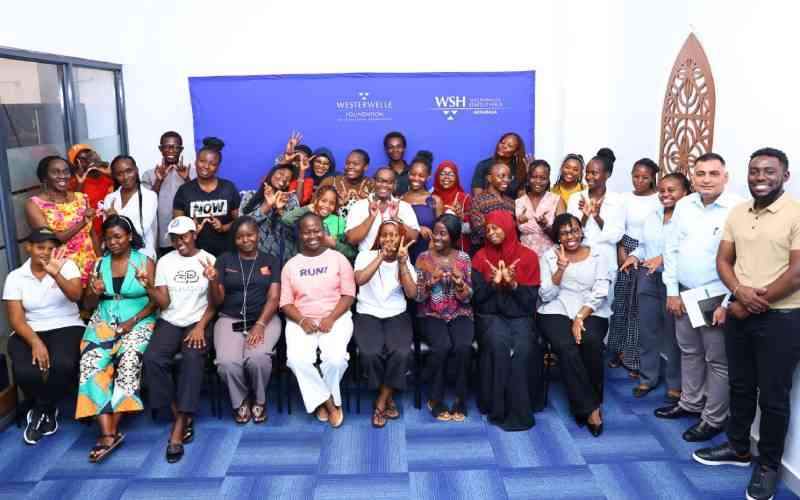×
The Standard e-Paper
Kenya’s Boldest Voice

In the last 12 years, Kenya has made major strides in the development of the maritime sector billed as a sleeping giant capable of creating millions of jobs and spur economic growth.
According to the Principal Secretary for Shipping, Nancy Karigithu, Kenya has also ratified key maritime conventions to improve the safety and welfare of seafarers.
